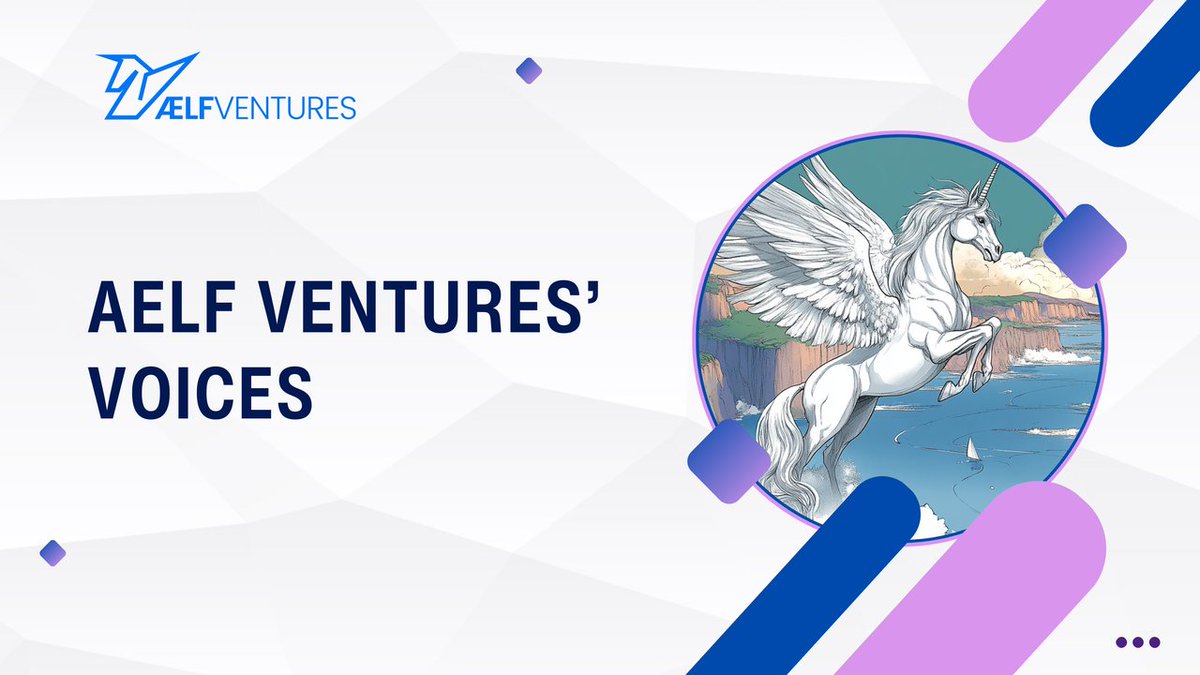🗣️aelf Ventures' Voices: Token Velocity—Balancing Growth and Value in Web3 Projects💬
Token velocity and value accrual are vital for understanding #tokenomics and how value is sustained and distributed in project ecosystems. Projects that manage these factors well are more likely to succeed and create long-term token value.
Token velocity measures how quickly tokens circulate within an ecosystem, serving as a key indicator of a token's utility and market activity. It is calculated as:
| Token Velocity = Total Transaction Volume / Average Token Supply |
Why It Matters
🔹High Velocity: Reflects active network participation, but excessive velocity can devalue the token.
🔹Low Velocity: Indicates tokens are being held, stabilising prices but potentially reducing liquidity and activity.
Factors Influencing Token Velocity
🔹Utility: Tokens with broad use cases tend to exhibit higher velocity.
🔹Market Demand: Increased demand amplifies transactions, driving up velocity.
🔹Speculation: Speculative trading can temporarily inflate velocity without contributing to real ecosystem value.
Strategies to Balance Token Velocity
Lowering token velocity is often critical for stabilising and preserving a token's value. Key strategies include:
1️⃣Staking Mechanisms: Encourage users to lock tokens for rewards, reducing circulating supply.
2️⃣Token Utility: Create long-term use cases, such as access to exclusive services, discounts, or voting power in governance.
3️⃣Buybacks and Burns: Remove tokens from circulation permanently, creating scarcity and increasing value.
4️⃣Incentivise Long-Term Holding: Rewards programs, tiered benefits, and loyalty bonuses encourage users to hold rather than transact frequently.
5️⃣Community Education: Inform users about the benefits of holding tokens versus frequent trading.
6️⃣Governance Features: Engage holders by letting them participate in decision-making, fostering attachment to the token.
By implementing these strategies, projects can balance velocity and sustainability, ensuring tokens accrue value while maintaining healthy transaction activity.
Striking the right balance between utility-driven circulation and long-term holding can determine whether a token generates enduring value or succumbs to over-speculation.
💡For investors, token velocity serves as a core metric for evaluating project health and sustainability. Projects with excessively high velocity often devalue their tokens, as speculative trades outpace real utility. On the other hand, overly low velocity can indicate stagnation or illiquidity within the ecosystem. Investing in projects that use mechanisms like incentivised holding, buybacks, or utility expansions to reduce unnecessary velocity is key to securing sustainable returns.
In today’s market, where token speculation tends to dilute meaningful use cases, the real opportunity lies in projects that implement thoughtful tokenomics to balance velocity and value accrual, to create ecosystems where growth is not only possible but sustainable.

8.23K
5
The content on this page is provided by third parties. Unless otherwise stated, OKX is not the author of the cited article(s) and does not claim any copyright in the materials. The content is provided for informational purposes only and does not represent the views of OKX. It is not intended to be an endorsement of any kind and should not be considered investment advice or a solicitation to buy or sell digital assets. To the extent generative AI is utilized to provide summaries or other information, such AI generated content may be inaccurate or inconsistent. Please read the linked article for more details and information. OKX is not responsible for content hosted on third party sites. Digital asset holdings, including stablecoins and NFTs, involve a high degree of risk and can fluctuate greatly. You should carefully consider whether trading or holding digital assets is suitable for you in light of your financial condition.

